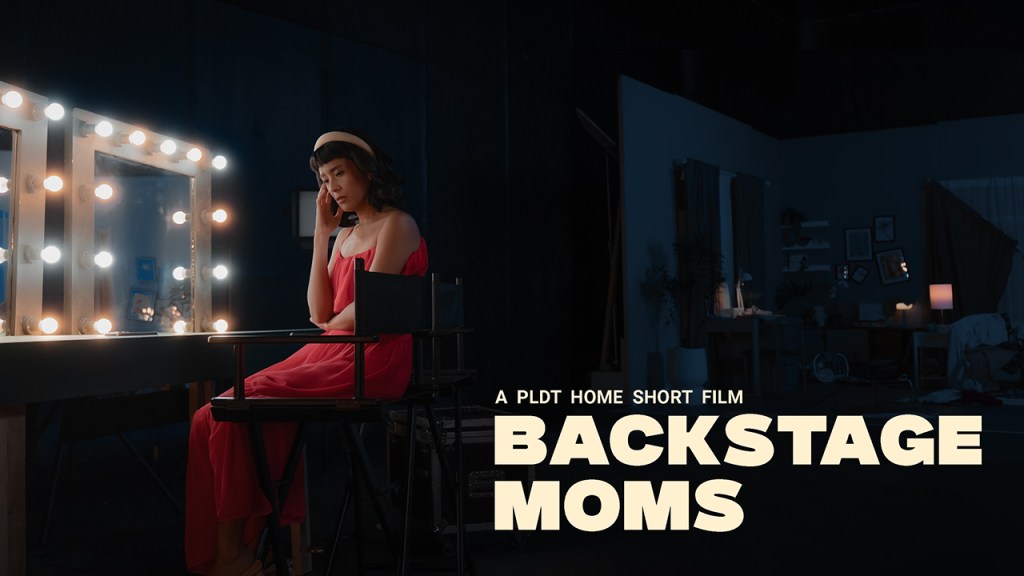To mark the silver anniversary of Miss Saigon’s, Cameron Mackintosh brings the musical to movie theaters in select countries, including the Philippines. It is an immersive experience that, despite the musical’s flaws, remains an enjoyable and energetic musical that appeals to mass audiences all over the world.
On the final days of the Vietnam War, the orphan Kim starts her first night at work at the girlie show operated by the pimp Tran Van Dinh (who likes to call himself “The Engineer”),. There she meets, and spends the night, with Chris, an American marine who was already disillusioned with the War. After they make love, Kim asks Chris to take her with him to America, which he agrees to. A few days, the city of Saigon falls, and as the entire American contingent flees the city, Kim is left behind. The rest of the musical tells about how Kim sets out to find Chris and hoping (in vain) to experience a better life in America and to start a new life with Chris, which mirrors the story of Giacomo Puccini’s Madama Butterfly (one of the inspirations for Miss Saigon‘s plot).
Before continuing, let me be clear on one thing: despite its popularity (even to this day), Miss Saigon has not always received universal acclaim. Its 1989 production was hounded with controversy over the casting of caucasian actors for Asian roles (Jonathan Pryce for the Engineer; Keith Burns for Thuy), as well as concerns that Miss Saigon borders on exploitative theater. But more importantly, the original version of its songs were regarded as being inferior to its creator’s more acclaimed work, Les Miserables. It may be a case of something being lost in the translation–the book was written in French, and was translated into English by Richard Maltby–but even so the original English lyrics for some of the songs were corny and unremarkable at the least, unsubtle and awful at its worst, especially considering that they were written by the same team who wrote On My Own, I Have a Dream and One More Day.
Consider one of the first big moments of the musical, The Movie in My Mind (sung in the first few minutes of Act 1 by Gigi, the bar girl played by Rachelle Ann Go). In the original 1989 production, part of Gigi’s lyrics went like this:
The movie plays and plays;
the screen before me fills.
He takes me to New York,
he gives me dollar bills.
Our children laugh all day
and eat too much ice cream,
and life is like a dream….
which, given the melancholic mood of the song’s music, borders on the comical, naive even. It also did not reflect the intentions of Gigi’s monologue, which was supposed to be the desperate lament of a prostitute who got tired of being used by men over and over (hence, “plays and plays”).
To their credit, the creative team of Miss Saigon revised most of the lyric in subsequent productions. Some of the shallow lyrics have been written out, and even a few songs were replaced by new compositions (e.g. the lyrics of 1989’s It’s Her Or Me were rewritten into Now That I’ve Seen Her in the Broadway production, but has been completely eliminated and replaced by Maybe. With new music.) More focus was also given to tighter characterizations of the main roles. So in the present version, Gigi’s monologue has become more wistful and resigned:
The movie plays and plays.
I’ll find my true romance.
He takes me to a place
Where I don’t have to dance.
Our children laugh all day…
But all that I’ve been through
Can’t make my dream come true….
Therefore, those who will be watching the 25th Anniversary Performance film will enjoy seeing an improved musical, a slightly better version than the original version (although not one that I would consider great). Some of the new words and dialogues also use stronger language; as mentioned in the previous article, this film is rated R-13 and is definitely not recommended for very young audiences. (There are also a good number of suggestive scenes and skimpy clothing on select scenes, which justifies the rating.)
One question that viewers might want to ask is how does watching this film compare to watching it in a theater. I have seen Miss Saigon at the Cultural Center of the Philippines in December 2000 (which, at the time, also featured Jon-jon Briones as the Engineer) and I can say that, as always, watching a theatrical production in person is better than watching it on film, much less on a video taken with a mobile phone. A lot of nuances are lost when movie audiences can only see parts of what’s going on stage (e.g. the sex tourists’ transactions in the Bangkok/What a Waste sequence). So while this film reintroduces Miss Saigon to Philippine viewers, it does not–and will not be able to–reproduce the same effect it had on the audiences who were seeing the musical in person. Laughing at punchlines with a live audience feels warmer and more organic than laughing along with a recording of theater goers laughing at the same scene
However, the Miss Saigon 25th Anniversary Performance film compensates for this lack of warmth with cinematic devices that give a deeper color to each actors’ expressions, showing details which theater goers turn may miss in turn. (There is even a better view of Chris and his fellow passengers from inside the helicopter at the famous Fall of Saigon sequence; in the theatrical production, audiences may not even see any passengers at all.) The solos and duets feel more intimate (you can notice the exact moment when Kim starts to tear up), and the expressions of every actor look more candid. The film, therefore, can be enjoyed regardless of where a person is sitting in the movie theater. Tighter editing has also eliminated any noticeable gaps during set changes (including the interval between Acts 1 and 2), which provides for a more immersive experience (except for the end credits, which do not come with additional scoring).
There are also plenty of strong performances from the main cast. Eva Noblezada’s Kim is tender and delicate, yet vulnerable to the machinations of the Engineer, despondent even from the revelations that unfolded in Act 2 instead of bitter. Alistair Brammer as Chris is earnest and sincere, whose light voice register resemble that of Simon Bowman’s in 1989. Jon-jon Briones is a cunning, calculating and manipulative Engineer, and therefore loathsome (which earned praises from Jonathan Pryce during the surprise appearance at the curtain call). Tamsin Carroll gives an empathic protrayal of Ellen, while Hugh Maynard’s John is frank and direct. Although they appear for shorter times than their fellow leading cast members, Kwang-ho Hong and Rachelle Ann Go delivered distinctive performances as the haughty, vindictive Thuy and the bitter, jaded Gigi (respectively). As a whole, the cast members have delivered very good performances, nailing subtle interpretations down to every single word. These performances, for me, are more important than any other aspect of the entire show, and would probably be the single reason why I would buy the DVD should it become available in our local record bars.
















Leave a Reply